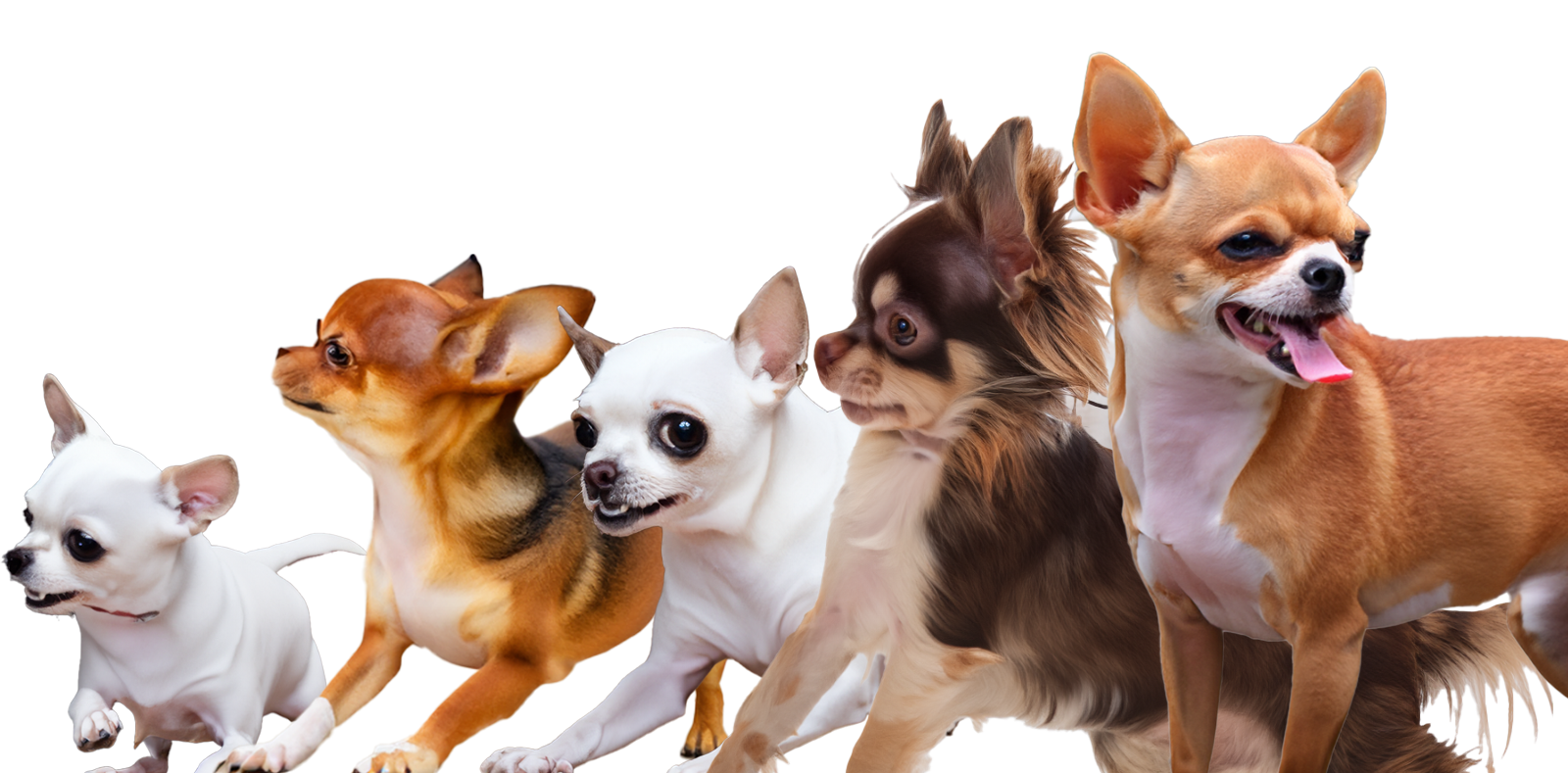


Blog
Bearded Dragon Substrate - The Good, Bad, and Ugly
One of the most controversial subjects you might find around Bearded Dragons is substrate. Search the internet and you will find opinions supporting just about everything, and just as many not in support of just about everything. Most importantly, almost none of it contains enough context to support their opinions either way.
One argument you may hear frequently is this is the substrate they are on in the wild. The context that is misleading there is the captive enclosure size of lets say 6 square feet vs the wild range of a Bearded Dragon which is hundreds of square feet. Containing your dragons excrement to a few square feet in captivity for which they will always be in contact with poses biological, bacterial, and pathogen problems that spread out over the large wild habitat does not exhibit. This requires meticulous husbandry and frequent soil/sand replacement to be healthy. Secondarily, the san and soil available in North America is very different than that of Australia. North American white sand is high in calcium carbonate which can neutralize stomach acid or quartz which can irritate a dragons bowels. Australian sand is some of the oldest on earth and it is heavily broken down mantle that consists of high concentrations of gypsum or lime.
Another common argument is impaction associated with any loose substrate including soil/sand. The context often missed here is the natural Bearded Dragon behavior of intentionally ingesting sand when they feel they are calcium deficient. Most bearded dragon impaction comes from poor calcium supplement or poor feeding practices more than it does substrate choice. If you provide adequate calcium then a dragon tends not to eat substrate intentionally. Poor feeding practices ranges from keeping baby/juvenile dragons on loose substrate since they often ingest lots of substrate learning to feed, and of course feeding on substrate that can be accidentally ingested stuck to the food.
One of the last big concerns with bearded dragons is respiratory issues. Substrates that hold too much humidity not only become a breeding ground for bacteria, fungus, and pathogens but also contribute to respiratory conditions that are often fatal to dragons. Dragons are from an arid environment and do not do well with humidity. Substrates with fine particulate dust can also contribute to respiratory issues in addition to eye irritation.
As a responsible rescue we need to take in both the needs of a bearded dragon and apply husbandry that supports ease and upkeep by all adopters, not just the most extreme herp. We need to assess the size of an enclosure, the fecal contamination, the age of the animal, and the traits/health of that specific animal.
Juvenile (under 1 year) / Handicapped / Sick Dragons:
We recommend not using any loose substrate at all for young, handicapped, or sick dragons. Young dragons are clumsy eaters and often will try eating substrate just to see if its edible. Handicapped dragons that are missing limbs or otherwise impaired need all the help they can get to move around the enclosure, and sick dragons should avoid anything that might complicate recovery so maintain as sanitary conditions as possible.
Adult Healthy Dragons:
The most natural and healthy substrate you can use for your Dragon is Jurasic Natural Australian Desert Dragon Habitat. Sourced from central Australia, this is the very sand they live on in the wild. It is safe for them to eat as they do in the wild to suppliment calcium, and it retains heat better than other types of substrates.

Alternatively, if you dragon is not a "picker" that eats substrate, we recommended P.J. Murphy Sani-Chips. They are sanitized scent free, dust free, highly absorbent ultra small particle blend of aspen, beech, birch and maple. Liquid excrement is quickly absorbed, it facilitates quick spot cleaning, the texture is soft making it comfortable to sleep on, and the particles are small enough that if ingested in small amounts will pass through safely. This substrate is the easiest to maintain and most cost effective for your average animal keeper where spot cleaning alone can easily maintain a biologically clean substrate between complete substrate replacements.
Other Substrates:
- Aspen Chips - There are a lot of brands of aspen chips on the market like ZooMed's ReptiChips that we feel are quite inferior to the PJ Murphy Sani-chips. Most are larger chips, often with sharper edges, and they often contain a lot of dust. We've also found many of these to not be as absorbent.
- Soil/Sand/Mix - Most sand products available to consumers are not healthy for dragons. Builders or Beach sand have sharp stones and are generally untreated so that may contain toxins and other things including parasites. Reptile Sand / ReptiSand is mostly fine particles of quartz which is a bowel irritant if ingested and also contains a lot of dust that can cause respiratory distress if inhaled as well as eye irritation. The colored sand while it looks nice will stain your bearded dragons skin which should be enough to have you avoid it. CalciSand/VitaSand is not sand but rather calcium carbonate based. As mentioned earlier this chalk/limestone is similar to an antacid in that it neutralizes the stomach acid of your dragon which can cause digestion problems. Finally Childrens Play Sand is the safest of the sands as long as you can get low dust. This combined with non pesticide sanitized top soil that contains no fertilizers and is also low dust is possible to do safely but his is one of the hardest substrates to manage and not recommended for beginners. It easily harbors bacteria, fungal organisms and parasites so your husbandry must be strictly monitored at all times for humidity, temp, and cleanliness. Spot cleaning is much more difficult as liquid the the feces will absorb into the soil/sand and be difficult to clean. This will require more frequent complete substrate changes which will also be more costly than other alternatives.
- BioActive - This is something that should only be done by the most experienced keeper with the best monitoring equipment. It has all the issues of the Soil/Sand/Mix with the added complication of maintaining a narrow humidity window to support the cleaner bugs that help to break down the feces. Done correctly this can extend the duration between complete substrate replacement substantially. However, too low of humidity can kill off all the bugs, and too high of humidity can cause respiratory issues with your dragon. This will usually be too advanced for your average reptile hobbyist and poses a lot of risk to the animal while you are learning what to do.
- Slate/Tile - One of the safest substrates is large slate stone or non shiny tile. This cant be ingested so most all of the issue above are avoided. There is the added benefit of the slate keeping your dragons toe nails filed down which makes handling a bit easier for kids. The drawback is that this will require frequent cleaning which often times require complete disassembly. Tiles do good at retaining heat. They are also easy to sanitize. They do not do much for odor control which is another reason for much more frequent cleaning.
- Reptile Carpet / Sand Mats - Reptile carpet has the unfortunate problem of catching toenails which can lead to injury so we do typically do not recommend them. San Mats have many of the same advantages as slate tiles but they are very difficult to clean and sanitize. Again neither of these options do much to control odor so expect to clean frequently.
- Newspaper - The type of paper varies heavily here, as does the ink in use. Ink transfer if the paper gets wet can be a problem. This makes for a good temporary substrate solution but generally not good long term. Large sheets work well with babies as they defecate a lot so frequent replacement is easier and cost effective without any risk of ingestion.
- Coconut Fiber - Coconut fiber often used in high humidity environments but not well suited for the more arid bearded dragon. When dry it is quite dusty and is known to be an eye irritant.
- Desert Bedding/Excavator Clay - While providing that natural burrowing capability that dragons enjoy, it comes with many of the same complications of the sand/ topsoil mix in relation to ingredient origin, safety, and ingestion problems. Additionally, some of this clay hardens but remains absorbent and porous. This allows urate liquid to absorb in and because it is a feature of the tank it cannot be spot cleaned. This requires complete replacement frequently to maintain good husbandry which is just not practical.
One complication to all of this is your specific dragon. If you have a dragon that just cant stop eating his substrate, then you should move to no substrate or slate tile. If you have a massive enclosure of 100 square feet, then some of the san/soil complications above may not be as much of a problem as fecal density is distributed over a much wider area and not condensed down to the unavoidable daily living quarters. As we stated in the beginning, context has a big affect on what substrate is good, which ones are not so good, and which ones should be avoided all together.